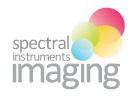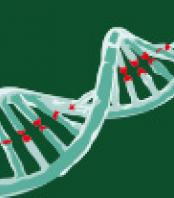Photodynamic therapy (PDT), a noninvasive cancer therapeutic method triggered by light, would lead to severe tumor hypoxia after treatment. Utilizing a hypoxia- activated prodrug, AQ4N, which only shows toxicity to cancer cells under hypoxic environment, herein, a multipurpose liposome is prepared by encapsulating hydrophilic AQ4N and hydrophobic hexadecylamine conjugated chlorin e6 (hCe6), a photosensitizer, into its aqueous cavity and hydrophobic bilayer, respectively. After chelating a 64Cu isotope with Ce6, the obtained AQ4N-64Cu-hCe6-liposome is demonstrated to be an effective imaging probe for in vivo positron emission tomography, which together with in vivo fluorescence and photoacoustic imaging uncovers efficient passive homing of those liposomes after intravenous injection. After being irradiated with the 660 nm light-emitting diode light, the tumor bearing mice with injection of AQ4N-hCe6-liposome show severe tumor hypoxia, which in turn would trigger activation of AQ4N, and finally contributes to remarkably improved cancer treatment outcomes via sequential PDT and hypoxia- activated chemotherapy. This work highlights a liposome-based theranostic nanomedicine that could utilize tumor hypoxia, a side effect of PDT, to trigger chemotherapy, resulting in greatly improved efficacy compared to conventional cancer PDT.
Read more







































